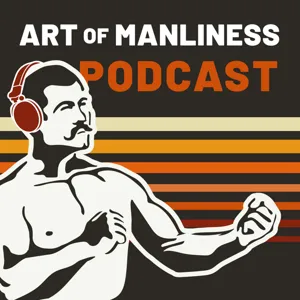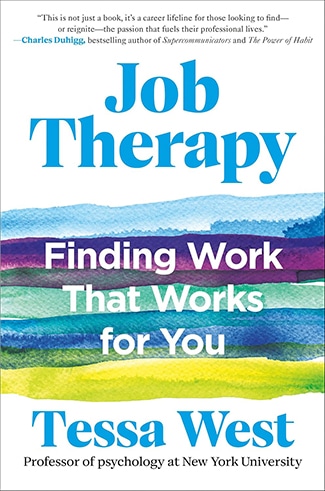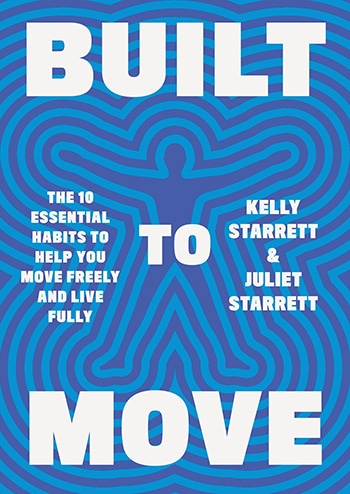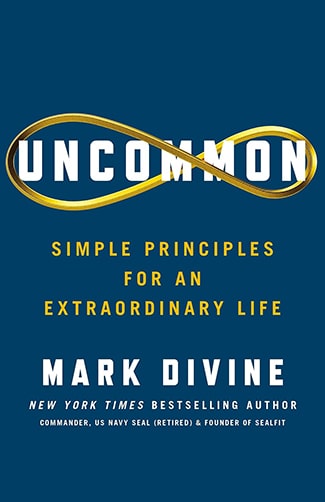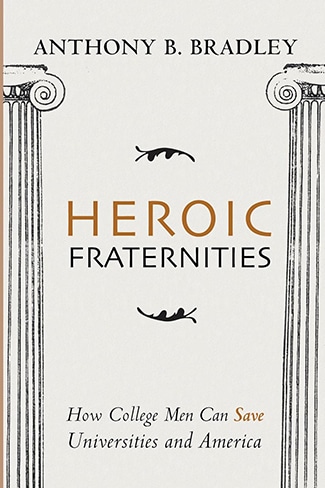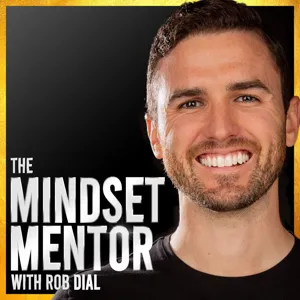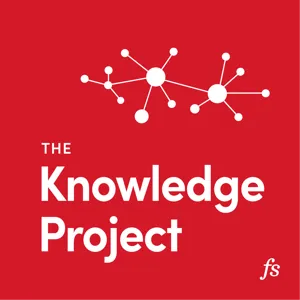Podcast Summary
Mastering the Art of Charismatic Communication: Balancing warmth and competence is crucial for charismatic communication, and by understanding and practicing influential signals, individuals can enhance their charisma and connect with others more effectively.
Charisma can be learned and defined as a perfect blend of warmth and competence. Charismatic individuals possess equal measures of warmth and competence, signaling likeability and respectability. Signaling too much warmth without enough competence may make one likeable and friendly, but not respected. On the other hand, signaling too much competence without enough warmth may make one credible and powerful, but intimidating and hard to talk to. The challenge lies in finding the balance between these two qualities when communicating and interacting with others. By understanding and practicing the research-backed influential signals discussed in Vanessa Van Edwards' book, "Cues: Master the Secret Language of Charismatic Communication," individuals can enhance their charisma and attract and connect with others more effectively.
Achieving the Right Balance: Warmth and Competence: Balancing warmth and competence is essential to be perceived positively and gain credibility. Charismatic individuals who display both qualities are contagious and attract others, leading to personal and professional success.
Striking a balance between warmth and competence is crucial. People who lack both warmth and competence often find themselves in the danger zone, where they are pitied, dismissed, ignored, and underestimated. It is important to understand that our cues and signals play a significant role in how others perceive and treat us. Smart individuals who solely rely on their technical skills may struggle to gain credibility if they do not display enough warmth cues. Competence without warmth can leave people feeling suspicious. On the other hand, charismatic individuals who possess both warmth and competence are considered positively contagious, and we are drawn to them because we want to catch what they have. Therefore, developing charisma can greatly benefit both personal and professional lives.
The Power of Charisma: Influencing Others through Social Cues: Charismatic individuals who utilize positive body language, verbal communication, and voice tone can effectively influence others and capture their attention.
Charisma plays a crucial role in how seriously people take us. It is the social lubricant that allows others to adopt our expertise and ideas more smoothly. Charismatic individuals are more likely to be listened to and trusted. Social cues are essential in conveying our charisma, and they can be both decoded and encoded. We tend to subconsciously mirror the cues of those around us, making it beneficial to surround ourselves with people who display positive cues. Cues come in various forms, including body language, verbal communication, voice tone, and ornaments. Each channel of communication contributes to how others perceive us and their overall emotional experience. Therefore, it is important to be aware of and intentionally use charisma cues to influence others positively. Starting with simple cues like leaning forward can immediately capture attention and activate the listener's brain.
The Power of Nonverbal Cues: Leaning In and Fronting: Leaning in and fronting can greatly impact our interactions by showing engagement, agreement, and attentiveness, ultimately improving the quality of our relationships and making others feel valued.
Nonverbal cues such as leaning in and fronting can significantly impact our interactions with others. Leaning in is a powerful nonverbal cue that signals engagement and agreement. When we lean in, whether it's to see or smell something better, it shows our interest and activates our senses. Highly charismatic individuals use leaning to captivate their audience, emphasizing the importance of a point. On the other hand, fronting plays a crucial role in creating a connection and encouraging open communication. By aligning our body with someone else's and facing them directly, we convey that we are attentive and ready to listen. Fronting can make others feel valued and improve the quality of our interactions. So, whether in person, on video, or through audio, remember to lean in and front to enhance your charisma and make others feel important.
Adjusting Warmth and Competence Signals for Charisma: Finding the right balance between warmth and competence cues is crucial for charisma. By adjusting these signals based on the situation, you can create a welcoming atmosphere or establish yourself as a competent individual.
Charisma requires understanding the importance of adjusting your warmth and competence signals based on the situation. Just like a thermostat, you need to find the right balance between warmth and competence to be highly charismatic. In situations where you need to be taken seriously, such as a negotiation or sales meeting, dial up your competence cues by using power gazing, purposeful hand gestures, and still body posture. On the other hand, in more relaxed and collaborative settings like a happy hour or creative brainstorm session, focus on showing warmth cues like nodding, smiling, and social gazing. These cues encourage collaboration and make others feel welcome. It's important to find the right balance within the 68-72 range and adjust your cues accordingly, just like Jeff Bezos does in different interviews.
Using Nonverbal Cues for Better Communication and Connection: Nodding, tilting your head, and using a savor smile can create a warm and welcoming atmosphere, promote active listening, and improve relationships.
Nonverbal cues such as nodding and tilting your head can greatly enhance communication and encourage warmth in interactions. Vanessa Van Edwards explains that nodding, whether in person or on video calls, signals to the speaker that you are listening and interested, inviting them to share more. Similarly, tilting your head shows a deep level of attentiveness and willingness to listen. These nonverbal cues can create a comfortable and inviting atmosphere for open conversation. Additionally, using a slow, spreading smile, known as a savor smile, can convey genuine enjoyment and positivity. Incorporating these nonverbal cues into interactions can help strengthen relationships and make communication more effective.
The Impact of Nonverbal Cues on Communication: Nonverbal cues, such as body language and demeanor, greatly influence how others perceive us. Aligning our verbal and nonverbal communication is crucial for making a positive impression and conveying confidence and competence.
Nonverbal cues play a significant role in communication and can greatly impact how others perceive us. The JFK and Richard Nixon debate serves as a prime example of this. Nixon's nonverbal cues, such as looking away from the camera, gripping the side of his chair, and being in a runner's stance, conveyed a lack of power and made him appear closed off and potentially untrustworthy. On the other hand, Kennedy's calm and collected demeanor, along with relaxed shoulders and a maximized distance between his earlobe and shoulder, exuded confidence and leadership. It highlights the importance of aligning our verbal and nonverbal communication to make a positive impression and effectively convey power and competence in social interactions.
The Power of Nonverbal Communication: Nonverbal cues, such as body language and power poses, can greatly impact how others perceive you. Being aware of both positive and negative cues can improve communication and connection with others.
Nonverbal cues play a crucial role in projecting confidence, warmth, and competence. When someone is confident, they maximize their distance by keeping their shoulders relaxed and their head held high. Power poses and open body language also contribute to a sense of power and comfort. On the other hand, there are nonverbal cues to avoid, known as the danger zone cues, which indicate negative emotions such as fear, shame, anger, and disgust. It is important to be aware of these cues in order to recognize when someone may be hiding something or when a connection needs to be shut down. Ultimately, using and understanding nonverbal cues can enhance communication and build rapport with others.
The Power of Non-Verbal Cues in Communication: Recognizing non-verbal cues, such as lip pursing, can help identify deception and create opportunities for open communication. Vocal cues, like inflection, also play a role in conveying confidence and trustworthiness.
Non-verbal cues, such as lip pursing, can indicate withholding or deception. It is a universal gesture that humans use to hold back or keep something in. When someone purses their lips, it signals that they may be ashamed, embarrassed, or telling a lie. This cue can be especially important when playing games like "two truths and a lie" as the lip purse often accompanies the lying statement. Recognizing this cue gives us an opportunity to encourage open communication by providing permission for the person to share more. Additionally, our vocal cues, such as inflection, play a significant role in conveying confidence and warmth. Using a neutral or downward inflection shows confidence, while avoiding uptalk and vocal fry can make a person appear more trustworthy.
Improving your voice for credibility and confidence: Avoid vocal fry by speaking with consistent volume and using the lower end of your voice. Take deep breaths, speak louder, and pause during conversations for vocal power and charisma. Pair vocal warmth with verbal warmth to sound more engaging.
Vocal fry and uptalk can undermine your credibility and make you sound anxious. Vocal fry, characterized by a wavery voice, occurs when our vocal cords tense due to anxiety and lack of breath. To avoid vocal fry, speak with consistent volume and use the lower end of your voice. Additionally, taking deep breaths and speaking louder can help eliminate vocal fry. Pausing during conversations not only allows you to take a breath and maintain vocal power but also creates dramatic effect and enhances charisma. To sound more warm, pair vocal warmth with verbal warmth by discussing topics that make you feel warm. A powerful voice is necessary for both men and women to sound confident and influential.
Building vocal warmth and positive impressions through the first 10 seconds of an interaction and visual cues.: The initial moments of an interaction are crucial in establishing positive vocal tone and impressions. Starting with positivity, smiling while speaking, and being mindful of visual cues can enhance engagement and perceptions.
The first 10 seconds of an interaction are crucial in establishing vocal warmth. Starting a conversation with negativity can have a negative impact on vocal tone and make others less inclined to engage. Instead, it is important to start with something positive that can be matched with vocal warmth, creating an authentic and happier impression. Smiling while speaking, especially when answering the phone or saying hello, can also make a difference in how your voice sounds. Additionally, imagery cues play a significant role in triggering feelings and perceptions. Whether it's a dating profile or a professional setting, what you wear, what's in your background, and other visual elements can create neural maps for others, so it's important to be mindful of the right triggers. In terms of dress, considering how you dress can also enhance perceptions of competence and warmth.
Dressing for Success: Attracting the Right People: Dressing appropriately and authentically can help you make a positive impression on others and attract the right people who align with your preferences and desired outcomes.
Dressing appropriately is crucial for making a positive impression on others, whether it's for a job interview or a date. It's important to dress in a way that aligns with your desired outcome and the type of people you want to attract. Instead of trying to appeal to everyone, focus on appealing to the right people by dressing for your ideal situation. Consider what triggers positive neural maps for the individuals you want to connect with. This concept applies not only to formal and casual attire but also to other visual cues, such as symbols or images in your profile. By dressing and presenting yourself authentically, you can attract the right people and repel those who don't align with your preferences.

